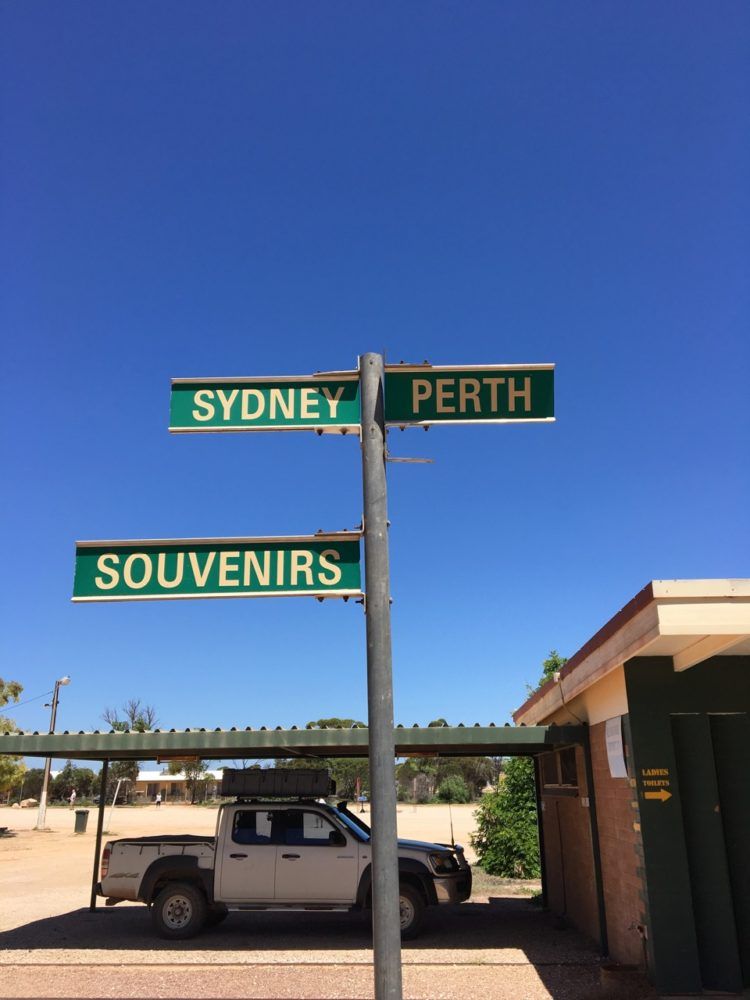Master planning with a Design to Value approach
The question is how you can move into detailed design, construction and beyond while firmly keeping hold of that conceptual value..
Having been involved a little in a project to look at the production of carbon-neutral synthetic aviation fuel and conversations about the replacement of coal-fired power stations with small nuclear energy generation; I wanted to know how many small nuclear plants it would take to replace the totality of aviation fuel.Given that it seems that using agricultural biofuels is a cul-de-sac; I imagined all the synthetic fuel being fixed from CO2 in the atmosphere.. Now I am aware that my calculations may be wrong, I used good, referenced papers and information, but I can make mistakes.

The answer I came to was, at first, shocking.Data suggests that the demand for Kerosene within 10 years will be 100 billion Gallons per year.To produce this amount of synthetic Kerosine from CO2 will need approx.

With the output of a small nuclear plant being about 1.4x10.Mj you would need about 800 plants..

In the world today there are less than 200 nuclear submarines and about 440 full-scale nuclear reactors which have been developed in the last 70 years since the first in 1951.
So purely to replace aviation fuel we must exponentially increase our ability to deliver hardware.Manufacturing and assembly processes can be carried out in off-site or near-site factories and consolidation centres and also within the site itself.. DfMA means the designer needs to consider the construction methods that will be used from early in a project.
Furthermore, to construct a building that has been designed using DfMA the builder needs to understand the basis of the design and how it has informed the construction approach.This means DfMA can be much more collaborative than conventional design, bringing the designer and builder closer together to pursue a common goal..
There are many different methods of constructing a building.In addition to conventional methods, alternatives have been developed that deploy prefabrication, pre-assembly, design standardisation and/or automation to some degree and these are collectively referred to as Modern Methods of Construction (MMC)..
